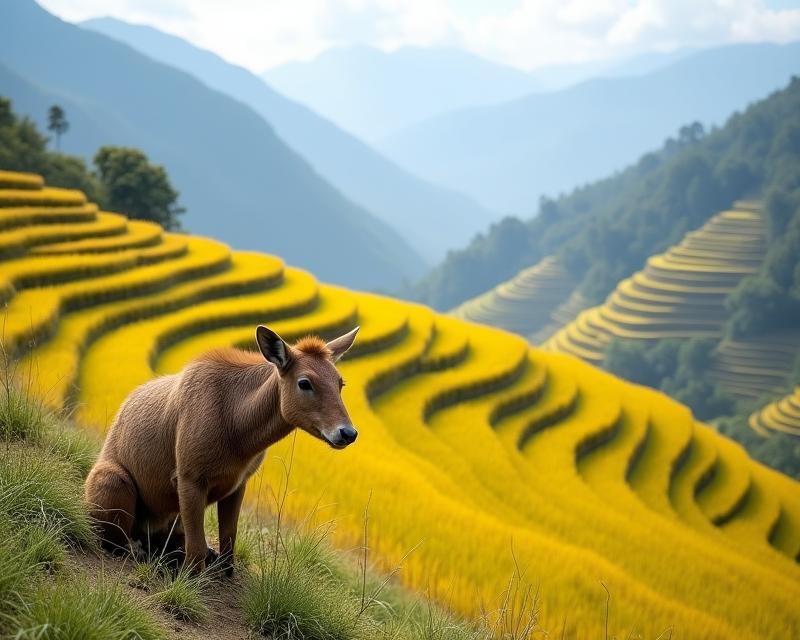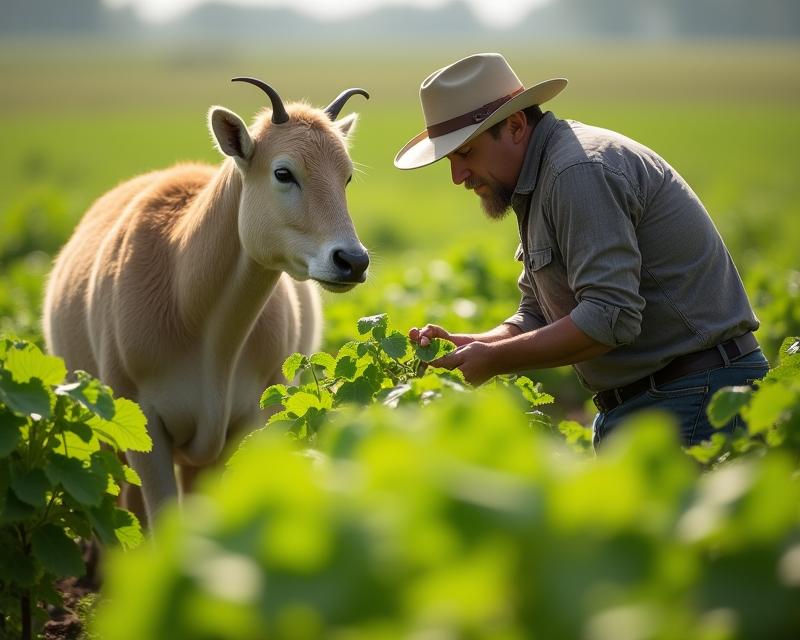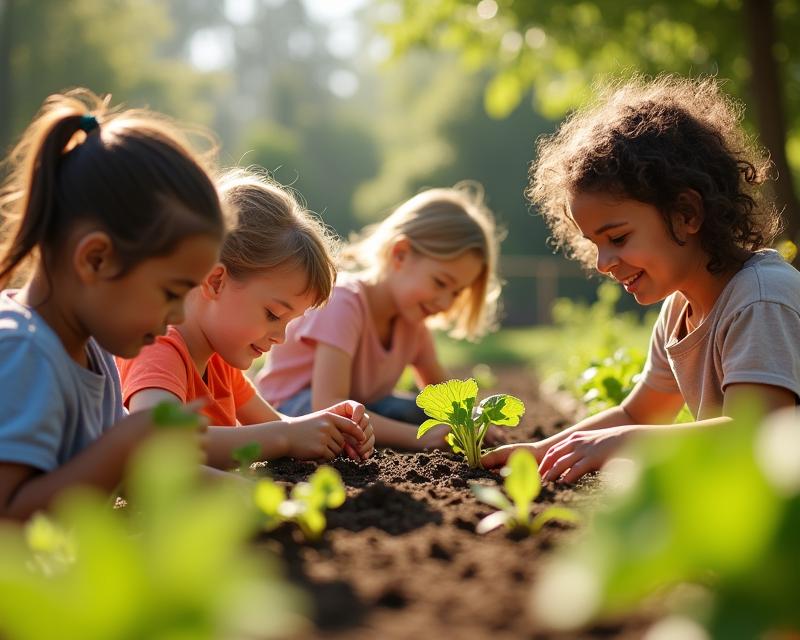Himalayan Terraces: A Farming Discovery
Publish in Sustainable Farming el 21/07/2025 00:50
Himalayan Terraces: A Farming Discovery
Have you ever looked at the stunning landscapes of the Himalayas and wondered how farmers manage to grow crops on such steep slopes? The answer lies in a remarkable agricultural innovation: terraced farming. This ancient technique isn't just visually impressive; it's a brilliant solution for sustainable farming in challenging environments. Understanding the history and principles of terracing can offer valuable insights for farmers of all types, regardless of their location.

The development of terraced farming in the Himalayas is a story of ingenuity born out of necessity. For centuries, communities in the region have adapted to the steep terrain by meticulously carving steps into hillsides. This process creates a series of flat platforms, or terraces, that are ideal for cultivation. Instead of allowing rainwater to simply run off the land, terraces slow down the flow, allowing water to soak into the soil and nourish crops. This prevents soil erosion, a major problem on slopes, and helps retain valuable topsoil – the lifeblood of any farm.
The benefits of terraced farming extend far beyond soil conservation. Terraces also help manage water resources more effectively. Farmers can design their terraces to capture and distribute water, ensuring that crops receive adequate moisture even during dry periods. This is particularly crucial in regions with limited rainfall or seasonal droughts. Furthermore, terraces create microclimates, offering variations in temperature and sunlight that can support a wider range of crops. Think of it as creating a series of mini-gardens, each with its own unique conditions!
While the technology behind terracing is ancient, its principles remain highly relevant today. Modern farmers can adapt terracing techniques to suit their own land and crops. Consider contour plowing, which involves plowing along the contours of the land to further reduce erosion. Implementing cover crops can also help stabilize the soil and improve its fertility. By learning from the wisdom of Himalayan farmers, we can develop more sustainable and resilient farming practices that benefit both our crops and the environment. It's a testament to human ingenuity and a powerful example of how we can work *with* nature, not against it. Exploring terracing offers a path towards healthier soil, better water management, and ultimately, a more productive and sustainable farm.





